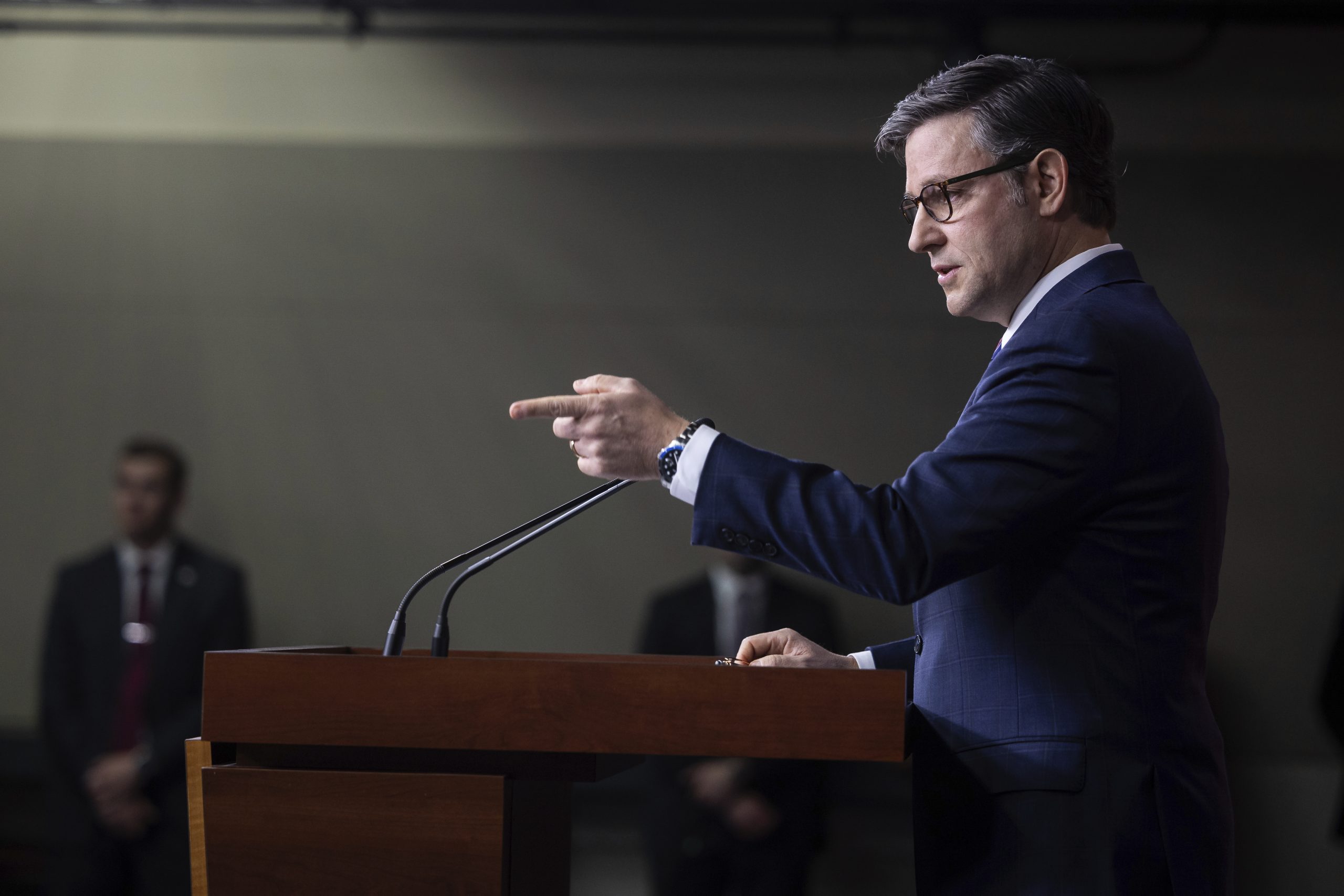House Democratic leaders believe they’ve found a workaround to defuse weeks of delay tactics used by hard-line Republicans that have irked lawmakers in both parties and brought much of the chamber’s floor action to a halt.
The conservative firebrands have sought to make life difficult for Democrats in protest against what they say are efforts to shut out the minority party. But their tactics have made it virtually impossible for Democrats and Republicans to fast-track so-called suspension bills — noncontroversial measures that are critical to running the House — and instead created a legislative slog.
Under the response shaped by House Majority Leader Steny Hoyer, leaders of the far-right Freedom Caucus would no longer be able to effectively seize control of the floor by demanding individual votes on dozens of suspension bills and forcing members to vote late into the night.
Instead, Hoyer plans to package much of that broadly palatable suspension legislation into a single block on the floor, which he said would “save us somewhere in the neighborhood of seven-and-a-half hours” of voting time.
“I expect to make a motion prior to us voting on any of the suspension bills that they be considered en bloc,” Hoyer said, confirming POLITICO’s reporting on the planning.
The Freedom Caucus has wrestled over how far to push its rebellion. House Minority Leader Kevin McCarthy stopped by the group’s weekly meeting on Monday evening, where he encouraged members to fine-tune their strategy and focus on achievable goals. McCarthy also warned Freedom Caucus members that they could face potential consequences from Democratic leaders if they keep disrupting the floor.
One of the ultimate goals driving the Freedom Caucus’ floor tactics is getting controversial Rep. Marjorie Taylor Greene (R-Ga.) back on her committees after a bipartisan vote to strip her of those assignments. But Democrats are ruling out that demand.
“I’ve been meeting with Steny and I went to the Freedom Caucus last night. We had a good discussion,” McCarthy told POLITICO in a brief interview. “They want to fight. They’re frustrated with everything that’s happening, and I get all that. But my point is: What’s the goal, what’s the strategy?”
The House’s dispute over suspension bills appears obscure. But beyond the wonky details, it’s emblematic of bigger partisan tensions that have dominated the first few months of this Congress as emotions run high following the Jan. 6 Capitol insurrection.
Shortly after lawmakers were caught up in that day’s violence, a handful of Democrats also sought to use suspension bills as a form of protest against Republicans who voted against certification of Donald Trump’s loss to President Joe Biden. That effort proved short-lived after top Democrats stepped in and convinced the aspiring rebels that noncontroversial bills needed to easily clear their chamber.
Democrats’ strategy to vote on suspension bills “en bloc,” rather than individually on the floor, is set to be discussed in the House Rules Committee hearing later Tuesday afternoon.
Conservatives touted the Democratic move as further proof that Democrats are curbing their rights while the minority.
Freshman Rep. Matt Rosendale (R-Mont.) tweeted a Wile E. Coyote gif in response.
The House Freedom Caucus also tweeted that Pelosi and House Democrats “are so frustrated” by their efforts, that they are working to considering making changes to ensure they can pass bills without members present to take a formal vote, while arguing that if they “choose to strip of us of our right to request votes, it will be yet another example of Democrats…undermining the rights of the minority party to expedite the passage of their partisan, far-Left agenda.”





















